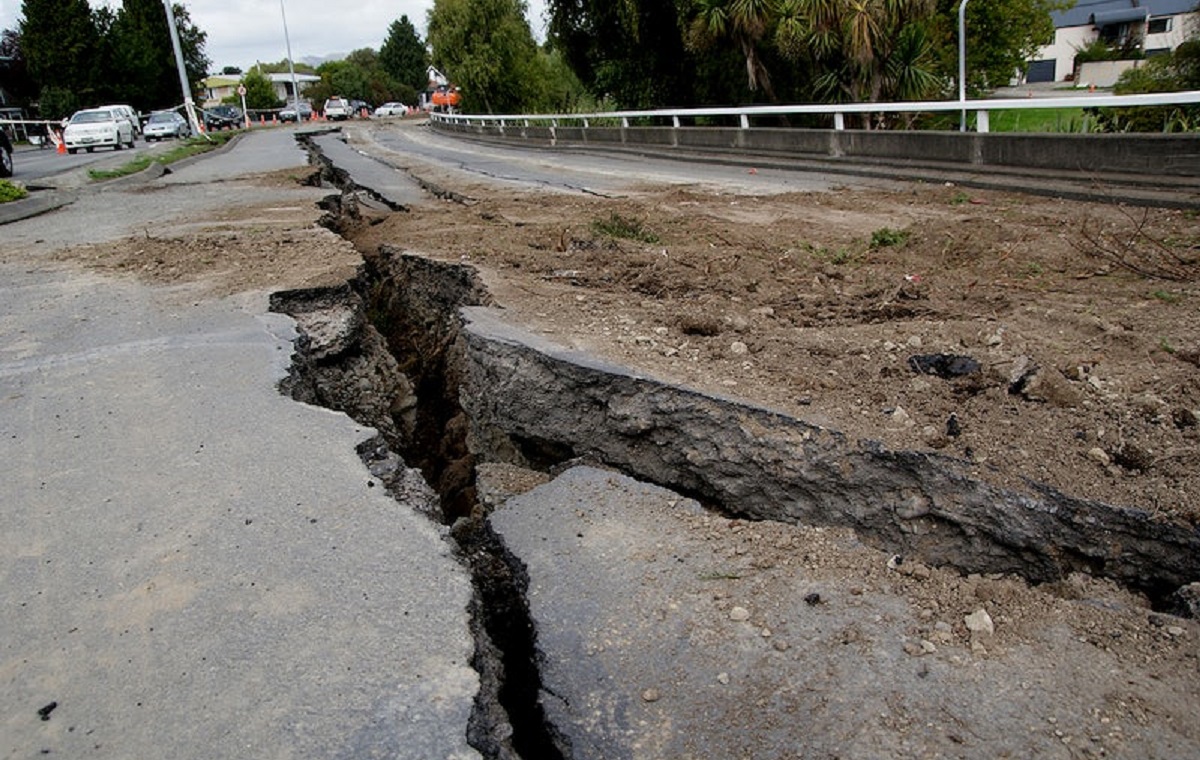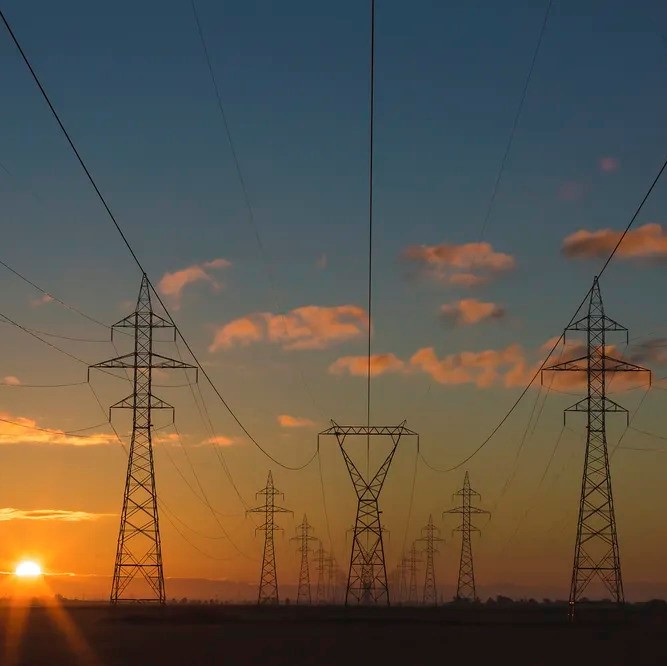A powerful 7.7-magnitude earthquake struck Myanmar on [date], causing widespread destruction, loss of life, and economic disruptions. The tremor, originating northwest of Mandalay, Myanmar’s second-largest city, was so strong that it was felt more than 1,000 kilometers away in Bangkok, Thailand, where buildings collapsed, public transportation halted, and a state of emergency was declared.
The earthquake, which occurred at 12:50 p.m. local time, was recorded at a depth of 10 kilometers, making it a shallow but intense seismic event. The U.S. Geological Survey (USGS) reported an aftershock of 6.4 magnitude just 12 minutes later, further rattling the already devastated region.
As rescue efforts continue, survivors recount their harrowing experiences, governments rush to assess damage, and businesses struggle to recover. This article delves into the scale of destruction, human impact, economic consequences, and the future challenges faced by Myanmar and Thailand in the wake of this tragedy.
Myanmar: A Nation in Crisis Amidst a Devastating Earthquake
Ground Zero – The Impact on Mandalay and Sagaing
The epicenter of the earthquake was located 17 kilometers north of Mandalay, home to 1.5 million people. Mandalay and its surrounding areas, including Sagaing, Magway, Shan North-east, Naypyitaw, and Bago, were hit the hardest. The Myanmar military regime’s Natural Disaster Management Committee quickly declared a state of emergency in these regions, warning residents to brace for further aftershocks expected for at least six hours.
Survivors in Mandalay described the horror unfolding around them:
- Buildings crumbling in seconds
- Power and communication outages making it impossible to contact loved ones
- A historic bridge collapsing into the river, severing a critical transportation link between Mandalay and Sagaing
- Old colonial-era structures collapsing, leaving entire streets covered in debris
A woman from Mandalay, who preferred to remain anonymous, said:
“Many buildings have collapsed, and I’m unable to contact my family in Sagaing. The phone lines are out of service.”
Another resident reported that buildings around the Mandalay Palace had been destroyed, while some roads had completely cracked open.
Humanitarian Crisis: Families Separated, Survivors in Despair
A resident of Yangon, Myanmar’s largest city, shared his distress:
“I can’t reach my family in Mandalay. My parents live in an old apartment, and I’m fearing the worst.”
With rescue teams struggling to clear debris, many families remain trapped under rubble. The scale of casualties remains uncertain, as the military-led government has yet to release official numbers.
Given that Myanmar has been embroiled in civil unrest since the military coup in 2021, the country’s ability to respond effectively to a natural disaster of this magnitude is in question.
Thailand: Bangkok Faces Unprecedented Destruction
High-Rise Collapse and Deaths Reported in the Thai Capital
Even though Bangkok is over 1,000 kilometers away from the epicenter, the soft clay foundation on which the city is built made it vulnerable to the quake’s tremors. In a shocking turn of events, a half-built high-rise condominium in Chatuchak district collapsed, killing three people and trapping at least 90 construction workers under the rubble.
Online videos captured construction workers running for their lives as the structure came crashing down. The collapse happened near Chatuchak Market, a popular shopping destination for locals and tourists alike, raising concerns about structural safety standards.
In a separate incident, a 30-floor government building (State Audit Office) under construction also collapsed, injuring at least one person. Skyscrapers across the city swayed violently, prompting mass evacuations from:
- Hotels
- Office buildings
- Embassies
- Condominiums
Thailand’s Defense Minister, Phumtham Wechayachai, confirmed the death toll in Bangkok and acknowledged the city’s vulnerability to seismic activity due to its unstable clay-based foundation.
Economic Disruptions: Stock Exchange and Public Transport Halted
In response to the earthquake, Bangkok saw major economic and transportation disruptions:
- The Stock Exchange of Thailand suspended all trading at 2 p.m.
- The entire BTS Skytrain and underground MRT system were shut down for safety inspections
- Prime Minister Paetongtarn Shinawatra declared Bangkok an emergency zone, urging residents to remain in safe areas
While major automobile and tech manufacturers reported minimal disruption, some plants halted production temporarily:
- Nissan evacuated its plant east of Bangkok
- Honda in Ayutthaya temporarily stopped production before resuming operations
- Delta Electronics halted production for one hour
Bangkok’s airports, however, remained fully operational, avoiding major travel chaos.
Regional Impact: China, Vietnam, and the Risk of Aftershocks
The earthquake’s impact wasn’t limited to Myanmar and Thailand. Southwestern China and Vietnam also felt the tremors, though no significant damage was reported.
The Thai Meteorological Department reassured the public that the risk of a tsunami was low, as the earthquake occurred inland. However, it urged people to stay in open areas and prepare for aftershocks.
The USGS issued warnings that aftershocks of magnitude 5.0 or higher could continue for days or even weeks, further destabilizing already fragile infrastructure.
The Challenges of Recovery: What Comes Next?
With Myanmar already in political turmoil and Thailand dealing with major urban damage, the road to recovery will be complex. Several key challenges lie ahead:
1. Rescue and Relief Efforts
- Thousands of people remain trapped in collapsed buildings in both Myanmar and Thailand.
- The Myanmar military government’s restricted access to certain areas could slow down humanitarian aid.
- Thailand’s emergency response teams are working around the clock to rescue trapped individuals.
2. Economic Fallout
- Thailand’s construction industry faces scrutiny over building safety regulations.
- Myanmar’s transportation infrastructure has been severely damaged, affecting supply chains.
- Businesses in Bangkok suffered losses due to halted stock trading and temporary factory shutdowns.
3. Long-Term Seismic Preparedness
- Thailand may need stricter building codes to prevent collapses in future earthquakes.
- Myanmar’s aging infrastructure must be reinforced to withstand future tremors.
- Regional cooperation among China, Vietnam, Myanmar, and Thailand is essential for improving earthquake monitoring.




